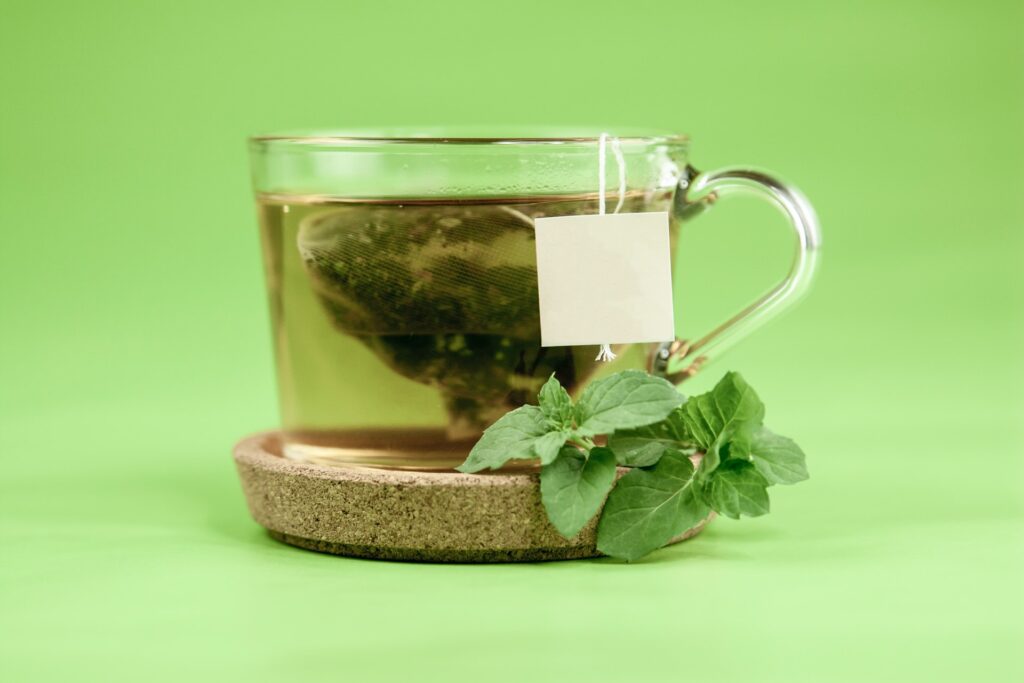Technically, tea doesn’t expire.
Unlike fresh or meat products, you won’t see a use-by or expiry date printed on the box. You’ll see a best-before date showing when the product’s taste and aroma will likely start degrading. If you eat out-of-date sausages, there’s a chance you’ll get ill. However, if you drink out-of-date tea, it’s more a quality-control issue than a health and safety one. Most of us drink green tea because we enjoy its flavour, so it still makes sense to pay attention to any best-before date, even if expired tea won’t hurt us. For one thing, it means we can organise our teas more efficiently, ensuring that we always enjoy green tea at its best.
Tea is classed as dry goods, so as long as it’s kept cool, dry and sealed from the air, it can stay fresh for a long time. Green tea tends to have a shelf-life of between 1 and 3 years, but if you’ve stored it correctly, it can last much longer. Loose green tea lasts longer than teabags because the leaves are larger, making degradation a slower process.
Storing Tea is Often More Important Than an Expiry Date
Storage plays a considerable role in ensuring teas retain their quality for longer. I’ve underestimated this in the past by sellotaping open boxes or (shock horror!) leaving them open in the cupboard. I do have airtight canisters, but there never seems to be enough for all the teas I have open at once. Is this harmful? No. But am I doing the flavours of the tea justice? Also no.
You should always double-check expired tea first, however. It’s essential to look for mould on the leaves. This happens when moisture gets onto the leaves and is another reason correct storage is so practical. You don’t want to be drinking mouldy tea.
You’ll usually be able to tell when tea is too far past its expiry date to be good because it will have lost much of the aroma and flavour that makes it a favourite. Smell it and see. If there’s no aroma to it, then it’s most likely already stale. You’ll be able to tell once you’ve started drinking it too. For teas that have only recently started turning, steeping them in the boiling water for longer will help counteract this.
The My Japanese Green Tea website advises sealing tea inside a container and then inside a bag, squeezing the air out and putting it into the fridge. This is especially useful if you’ve bulk-bought green tea and are worried that you won’t get around to drinking it before the date on the box expires. The website says that when you’re ready to drink it, you should ‘let the tea reach room temperature before you open the plastic bag’ because moisture can form if the bag is opened immediately, so leave it on the counter for a couple of hours before opening. We think this is a neat trick, and it’s something we’re going to try.
To conclude, storage should be your biggest concern rather than the date printed on the box. Although, it’s always worth knowing the date as a reference point so you can plan your next box opening, using older tea before automatically opening the last and freshest you’ve bought.
Remember to keep your tea in a cool dark place, away from light and heat sources. Moisture is the enemy of tea storage, so ensure the container is well sealed and away from sources of moisture. You should also ensure there’s nothing in the cupboard or space with a strong aroma because the tea can draw smells out of other food and drink products, ruining the delicate flavour. Once you’ve opened a box, it’s a good idea to drink it rather than putting it in the back of the cupboard for later. There’s nothing quite like a fresh and aromatic drink of hot green tea, and it seems an incredible shame to have to throw old open boxes away because they’ve already gone stale.

